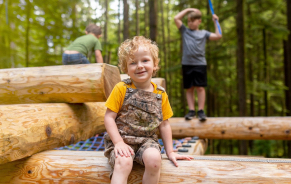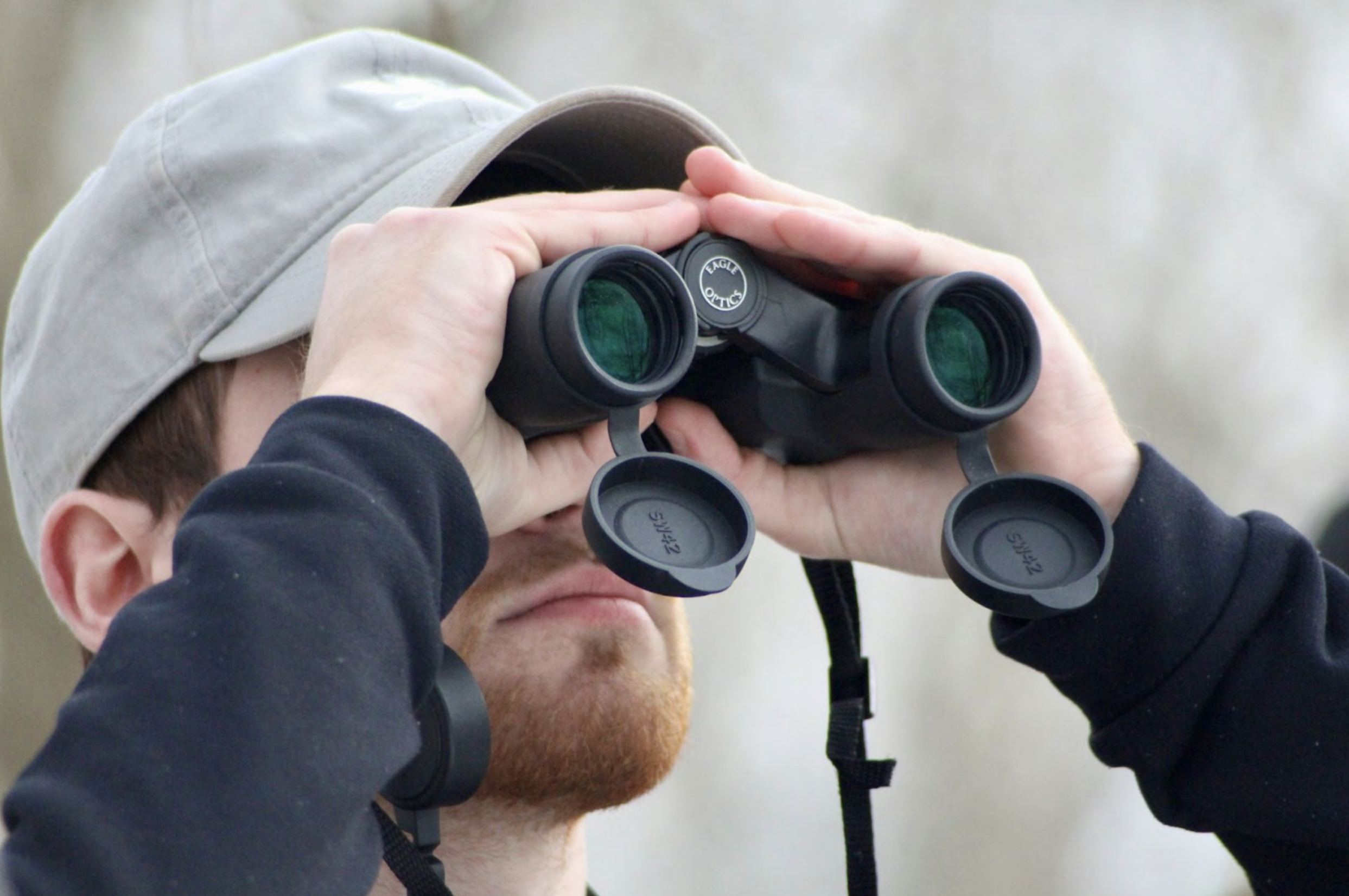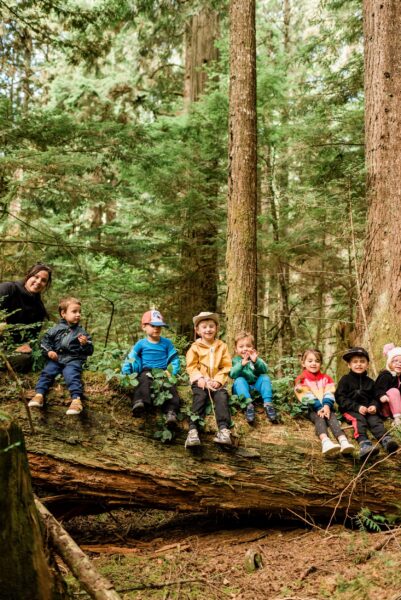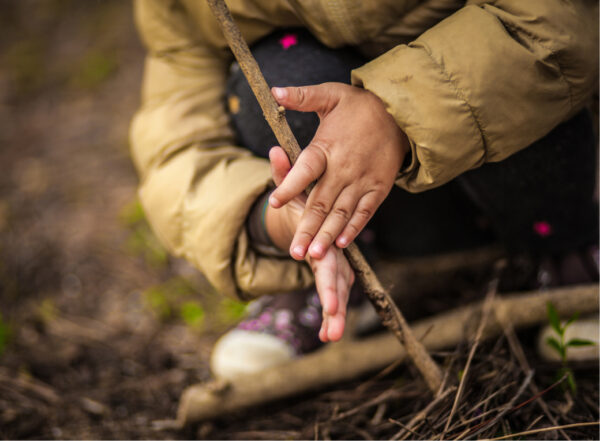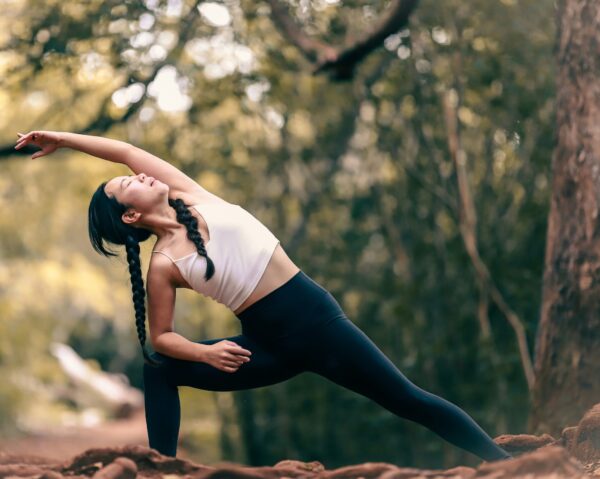Whether you’re a seasoned birder or a curious novice, there’s something truly magical about witnessing birds in their natural habitat. The joy of spotting a rare species or observing the graceful flight of familiar BC birds can instill a sense of wonder and appreciation. And once you know your birds, you’ll realize they’re always all around you.
Beyond the inherent beauty of seeing birds flit around and hearing their melodic songs, birding offers a lot of benefits for nature enthusiasts. It encourages mindfulness and a deep appreciation for the present moment as you immerse yourself in the sights and sounds of the outdoors. It can also take you places that you’ve never been in search of finding new species or following familiar ones. Bird-watching fosters a sense of community, bringing together individuals from all walks of life who share a common passion for these winged wonders.
Bird Watching Locally
Williams Lake, situated on the traditional territories of the Secwepemc and Tsilhqot’in First Nations, offers a unique blend of urban amenities and untamed wilderness, making it a haven for both resident and migratory birds.
The Alex Fraser Research Forest is a living laboratory for the discovery of forests. With its long history of forestry, the province’s Cariboo area is a perfect place for research on integrated resource management. Forestry techniques are coexisting with cattle ranching, recreation, and wildlife habitat management in this region. The forest is the perfect spot to do some bird watching as 132 unique species of birds have been recorded in the area to date.
What You Need to Get Started
One of the most alluring aspects of bird watching in BC is its accessibility. All you need as a budding bird watcher is a keen eye, a sense of curiosity, and a few essential tools.
Here’s a basic checklist of items to ensure a successful birding excursion:
- Binoculars: A good pair of binoculars is essential for observing birds from a distance so you don’t scare them off. They also help in seeing and appreciating their intricate details in size, colour, and patterning. You don’t need to spend a lot of money to get high-end binos, especially when you’re starting out. You might even luck out and find a nice pair at your local thrift shop. We recommend looking for binoculars with a comfortable grip, adjustable focus, and adequate magnification for clear viewing.
- Field guide: A comprehensive field guide will help you identify different bird species based on their physical characteristics, habitat, and behaviour. Choosing a guidebook that is specific to your region will help ensure accurate identification. We recommend The Sibley Field Guide to Birds of Western North America by David Allen Sibley. You can probably order it from your local bookstore or through online retailers. A Field Guide to Western Birds by Roger Tory Peterson is also a good one.
- Notebook and pen: Keep a birding journal to record your sightings, observations, and any notable behaviours or interactions. Over time, this journal will become a cherished record of your birding adventures and a valuable reference for future outings for you and your family. While any notebook will do, you’ll find many avid birders carrying around a signature-yellow Rite in the Rain notebook. Their weatherproof and archival-grade paper helps to preserve your notes, regardless of where your birdwatching takes you.
- Appropriate clothing: Make sure you dress in comfortable, weather-appropriate attire and sturdy footwear for outdoor exploration. Consider wearing earth-toned clothing to blend in with your surroundings and minimize disturbances to the birds. We also recommend bringing extra layers, especially in colder and inclement weather because you may be sitting still for a time as you observe or wait for birds.
Bonus accessories include a camera for capturing memorable moments and a birding scope for long-distance viewing.
The Best Places to Find Birds
When it comes to bird watching, the world is your playground, with an abundance of diverse habitats waiting to be explored. Whether you prefer urban parks, local marshes, or pristine wilderness areas, there’s no shortage of prime birding destinations.
Here are a few notable local locations known for their rich birdlife:
Alex Fraser Research Forest
The Research Forest is full of songbirds, waterfowl, and raptors for you to observe, including 10 raptor nesting sites. Hike along 15 signed interpretive trails totalling 21 km in length and keep your ears open and your eyes peeled for ospreys, red-tailed hawks, and others.
Scout Island Nature Centre
Scout Island at the west end of Williams Lake, or “Puddle” as it’s affectionately known is a mix of open water, wetlands and riparian shrubbery that provide a rich birding experience. Listen closely for the flute-like sounding Veery, a thrush at the northern end of its range. You might even catch sight of the bright orange Bullock’s Oriole or Western Tanager, two tropical birds that nest in the area.
Williams Lake River Valley Trail
Twelve kilometres of trails and loops follow the river as it snakes through the Douglas-fir forests, open grasslands and beautiful local geological features.
A variety of birds of prey, songbirds, and waterfowl can be found here as well as a robust population of animals, including deer, beavers, and the odd bear.
Local Parks and Green Spaces
Keep an eye out when you’re in town and you’re bound to find some birds closer to home. Or, put up a bird feeder and watch them come to you!
Best Time of Year to See Certain Birds
While birds can be observed year-round, certain seasons offer optimal conditions for spotting specific species during their breeding, migration, or wintering periods. Understanding the seasonal patterns of bird migration and behaviour can enhance your chances of encountering a diverse array of avian visitors. Here’s a brief overview of the best times of year to see certain birds:
Spring Migration
Spring is a magical time for bird watching as migratory birds return from their wintering grounds in search of nesting sites and food. Warblers, thrushes, and shorebirds are among the many species that embark on epic journeys northward, making spring an ideal season for birding.
Summer Breeding Season
Summer heralds the arrival of breeding plumage and courtship displays as resident birds establish territories and raise their young. Look for colourful songbirds, waterfowl, and raptors nesting in a variety of habitats, from woodlands and wetlands to suburban gardens.
Fall Migration
Autumn brings another wave of migration as birds begin their southward journey to warmer climates ahead of the winter months. Shorebirds, waterfowl, and raptors are commonly observed during fall migration, with many species congregating at coastal stopover sites and inland flyways.
Wintering Grounds
Winter offers opportunities to observe hardy resident species and winter migrants seeking refuge in more temperate habitats. Waterfowl, gulls, and eagles are often found near open water sources, while northern finches and sparrows may visit backyard feeders in search of food.
Apps or Resources to Help You
In today’s digital age, bird watchers have access to a wealth of online resources and mobile apps to enhance their birding experience. These tools can aid in bird identification, track sightings, and connect with fellow birders worldwide. Here are a few popular apps and websites for bird watching enthusiasts:
- eBird: Developed by the Cornell Lab of Ornithology, eBird is a free online platform for recording and sharing bird sightings. Birders can submit their observations, explore species distribution maps, and contribute to citizen science initiatives.
- Merlin Bird ID: Created by the Cornell Lab of Ornithology, Merlin Bird ID is a user-friendly app that helps users identify birds based on photos, sounds, or descriptions. The app offers tailored identification suggestions based on location, date, and other factors.
- Audubon Bird Guide and App: The Audubon Bird Guide app provides comprehensive information on over 800 bird species, including photos, range maps, and audio recordings of bird songs and calls. Users can create custom lists, track sightings, and access conservation news and updates. They also have an online bird guide that you can explore as well.
- BirdNET: BirdNET is an innovative app that uses artificial intelligence to recognize bird species based on their vocalizations. Simply record a bird’s song or call using your smartphone, and BirdNET will provide instant species identification and playback options.
- Local birding clubs and organizations: These offer guided outings, educational workshops, and citizen science initiatives that provide opportunities for bird watchers of all ages and experience levels to connect with like-minded individuals and contribute to our understanding of bird populations and habitats. Check out the Williams Lake Field Naturalists for more information on getting involved.
Birding with Wild & Immersive
At Wild & Immersive, we offer a variety of workshops and special events about birding. Whether we’re taking you out on walks to spot and listen for species within the Alex Fraser Research Forest or we’re in-house teaching you how to build birdhouses and feeders to attract birds to your yard, we welcome you to join us to learn more about the local species. Visit our events page on the Williams Lake site to learn more about upcoming gatherings.
A lifelong exploration
In the end, bird watching is not just a hobby – it’s a gateway to a deeper connection with the natural world and a lifelong journey of discovery. Whether you’re on your back porch enjoying local birdsongs with a coffee or joining us at the Alex Fraser Research Forest on a birding expedition, the thrill of spotting a rare species or witnessing captivating behaviour never fails to inspire wonder and awe. Armed with the right gear, knowledge, and enthusiasm, you’re ready to spread your wings and embrace this new experience. Happy birding!
